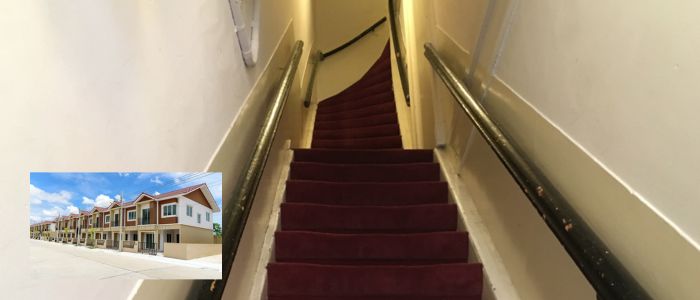
In a briefing to MPs, Keijzer stressed that a housing shortage was the key issue. “The need for housing is massive and we need to be building more, and cheaper houses, much more quickly,” she said.
Many of the current rules, she said — while originally designed with good intentions — are now contributing to delays, added costs, and uncertainty in the construction industry.
Quality May Suffer in Wake of Regulations, Critics Say
The changes to regulations would cut the minimum ceiling height from 2.6 meters to 2.5 meters and door heights from 2.30 meters to 2.10 meters, saving roughly €1,250 an apartment. Additional relaxation areas relate to ventilation, daylight, and noise insulation.
The government also will introduce standardized contracts between town halls and developers to speed up decisions on land use. Keijzer urged developers to "send in [local] rules that make it even worse to build."
But the proposals have come under fire. The Dutch homeowners association VEH said it was worried about the decline in quality, warning that alterations such as lower ceilings and less daylight could diminish living standards.
Jeroen de Willigen, who leads the national architects’ organization, conceded there was potential for savings but opposed bringing down floor levels, maintaining taller ceilings could better cater to a Dutch population that, overall, is getting taller.
Political Support Felt Unsure and Unstable Before the Election
The initiatives are informed by the special advisory committee’s recommendation to remove conflicting and duplicative regulations. If the proposals are approved by parliament, they would apply from 2026 and help the government reach its target of building 100,000 new homes a year.
The fate of the initiative could be influenced by the general election in October 2025; political backing has not been secured. The full package of final recommendations is likely to be considered by cabinet later in the autumn.









